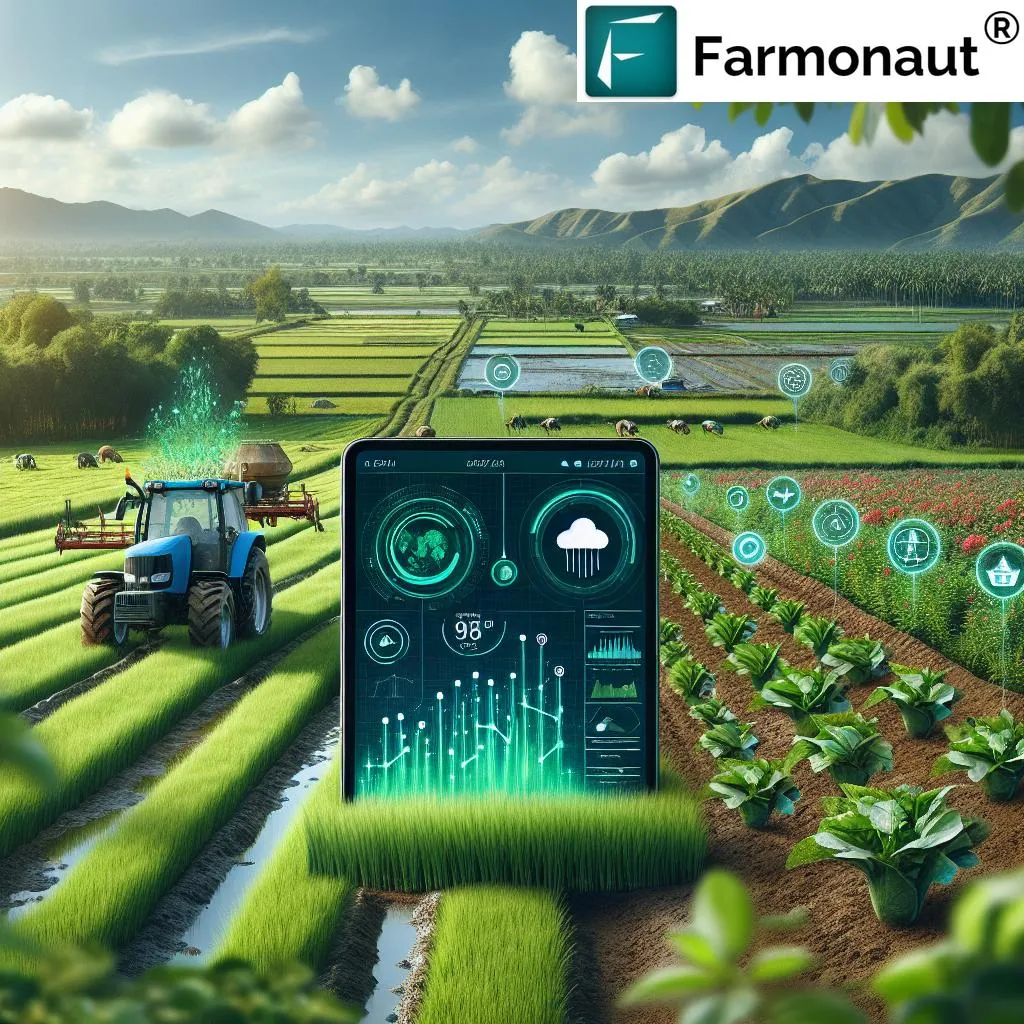In the heart of India’s burgeoning tech scene, a researcher from the Centre for Smart Grid Technologies at Vellore Institute of Technology in Chennai is making waves in the agricultural sector. Kanimozhi Gunasekaran, the lead author of a groundbreaking study published in *Frontiers in Soil Science* (which translates to *Frontiers in Soil Science* in English), is revolutionizing how we predict soil fertility and recommend crops. Her work, which combines real-time soil analysis with machine learning and deep learning algorithms, promises to transform sustainable agricultural management and could have significant implications for the energy sector.
Traditional soil fertility assessment methods are often labor-intensive, time-consuming, and sometimes even hazardous due to the chemicals involved. Gunasekaran’s research offers a promising alternative by integrating soil metrics, meteorological data, and other environmental factors for precise and efficient fertility estimation. “Our goal was to develop a system that could provide rapid, reliable, and scalable soil health assessment,” Gunasekaran explains. “By combining real-time sensor data with predictive models, we can empower farmers to make data-driven decisions and optimize soil fertility.”
The study involved developing a hardware prototype equipped with sensors and a microcontroller to capture various soil parameters, including pH, temperature, humidity, moisture content, NPK (nitrogen, phosphorus, potassium), carbon content, and organic matter. These real-time measurements were then compared against predictions from machine learning models. Laboratory soil test results served as the ground truth for validation.
The research evaluated several machine learning and deep learning models, including ensemble classifiers like Random Forest and Extra Trees, as well as deep learning models like Multilayer Perceptron (MLP) and Long Short-Term Memory networks (LSTM). The Random Forest algorithm emerged as the top performer, achieving a prediction accuracy of approximately 92%. Extra Trees and other ensemble methods also demonstrated strong performance, while the deep learning models enhanced predictive capabilities for crop selection, with MLP and LSTM achieving high accuracy, recall, and F1-scores while maintaining consistent precision.
The hardware prototype’s real-time measurements closely aligned with laboratory results, confirming the reliability of the system. “The close alignment of our real-time measurements with laboratory results was a significant validation of our approach,” Gunasekaran notes. “It shows that our system can provide accurate and reliable data, which is crucial for making informed decisions in agriculture.”
The findings highlight the potential of machine learning and AI-based approaches in advancing soil fertility prediction and crop recommendation systems. By enabling rapid, reliable, and scalable soil health assessment, this integrated approach empowers farmers to make data-driven decisions, optimize soil fertility, and improve sustainable agricultural practices.
The implications of this research extend beyond the agricultural sector. In the energy sector, understanding soil health and fertility can inform decisions about bioenergy crops, which are increasingly important as renewable energy sources. Accurate soil fertility prediction can help optimize the growth of these crops, ensuring a steady supply of biomass for energy production. Additionally, the data-driven approach can help identify areas where soil health is declining, allowing for targeted interventions to improve soil quality and support sustainable energy production.
As the world grapples with the challenges of climate change and the need for sustainable practices, Gunasekaran’s research offers a beacon of hope. By harnessing the power of machine learning and deep learning, we can make significant strides in sustainable agricultural management and, by extension, the energy sector. The future of soil health assessment is here, and it’s looking brighter than ever.

